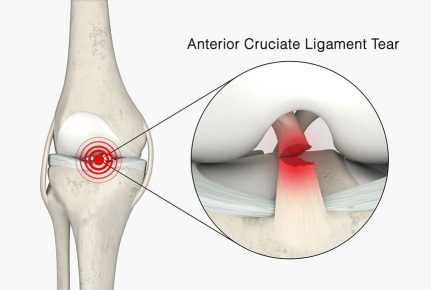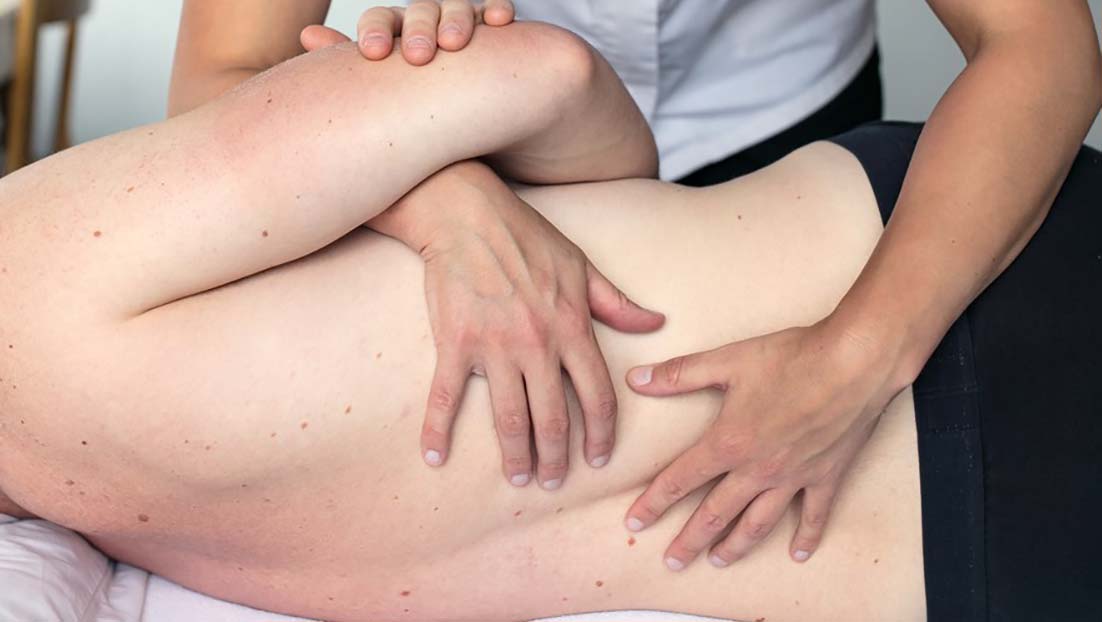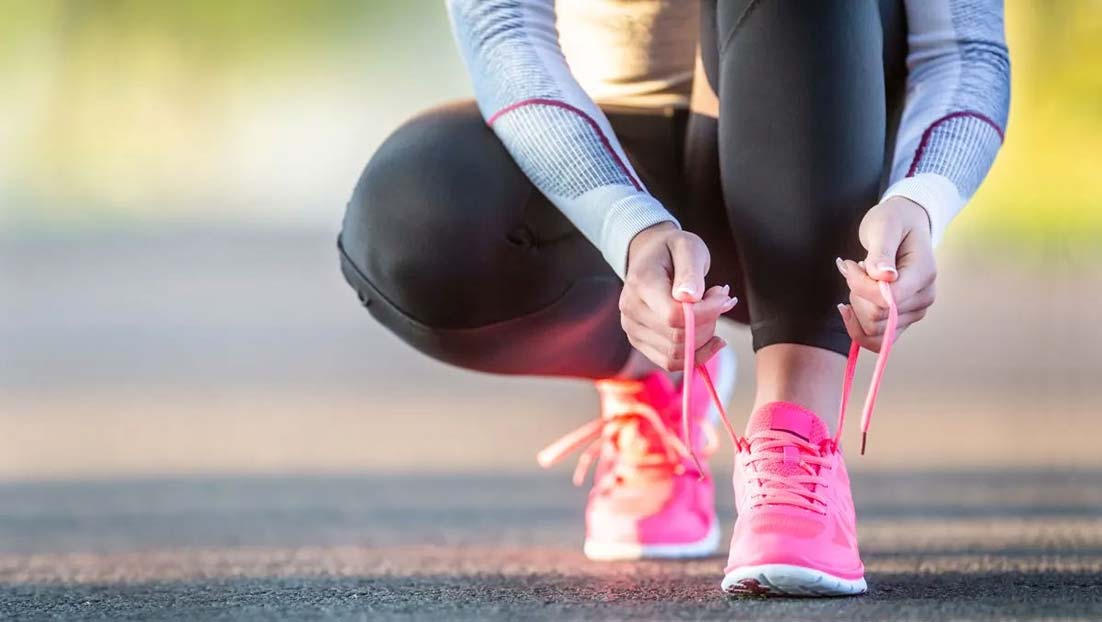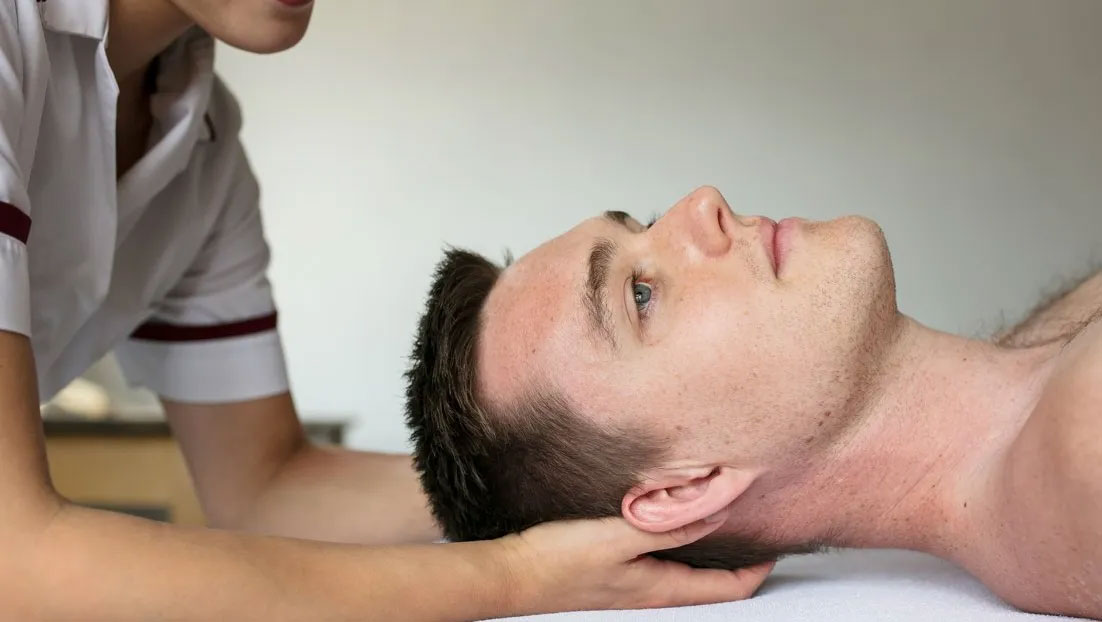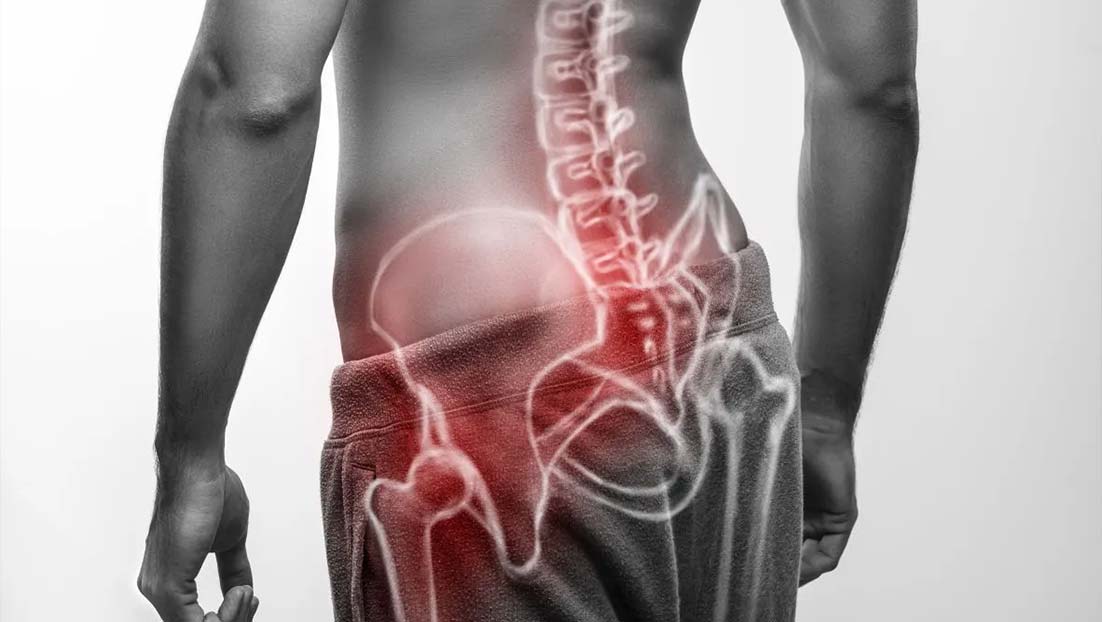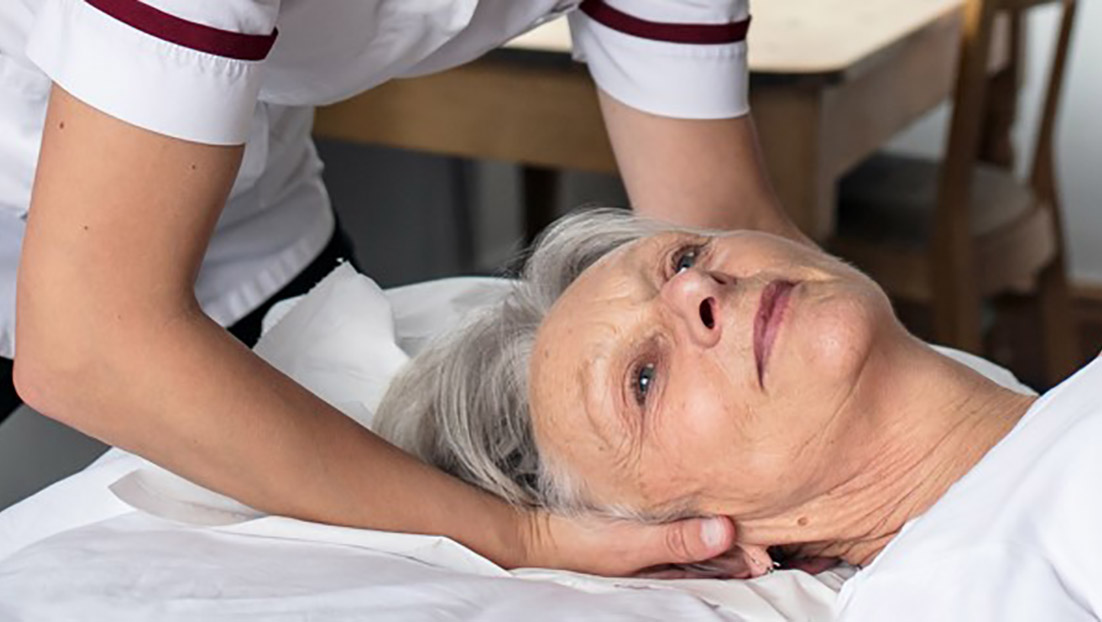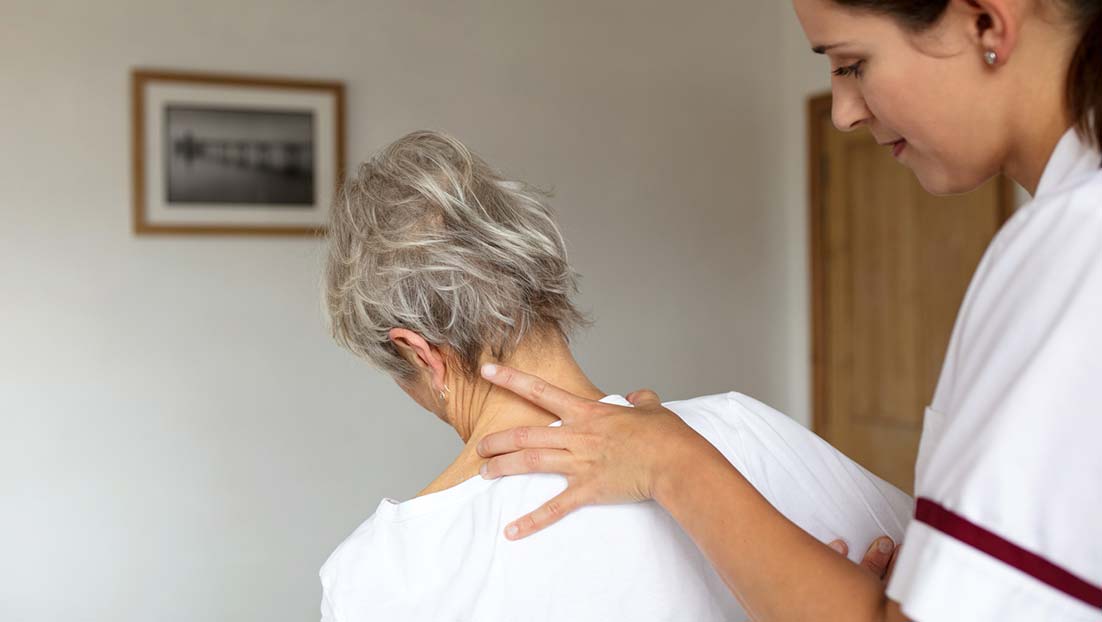
What’s going on?
Osteoarthritis
Osteoarthritis of the knee is the most common type of arthritis. It’s a degenerative condition affecting the smooth cartilage at the knee joint which slowly becomes damaged and worn, causing swelling and pain.
And when this happens, the bone underneath the cartilage grows thicker, forming bony spurs called osteophytes.
Osteoarthritis of the knee usually starts around the age of 40, and causes pain and stiffness, which may be worse after a particular movement, such as going up or down stairs. It’s twice as common in women as in men, and being overweight increases the chance of osteoarthritis becoming progressively worse. Previous injuries to the knee such as a torn meniscus or ligament can also lead to osteoarthritis in later life.
Meniscus Tear
The menisci are two crescent-shaped pads of thick, rubbery shock-absorbing cartilage in your knee joint. They lie between your thigh bone (femur) and your shin bone (tibia). Meniscus tears often happen during a sudden twist when you play sports, but you can also get them as a result of wear and tear as you get older. When people talk about ‘torn cartilage’ in their knee they usually mean a meniscus injury.
You might feel a ‘pop’ if you tear your meniscus. Many people find they can still walk on their injured knee, but it might become gradually stiffer over the next day or so. Other symptoms of a meniscus tear include swelling, a feeling that your knee is catching or locking, usually when it’s bent – you may notice it clicking. Your knee may also feel unstable, and you may struggle to bend or extend the knee fully.
A course of osteopathy is often recommended to strengthen the muscles around the knee joint, and you’ll need to avoid exercises that involve squatting, twisting or pivoting. Surgery is only advised for acute traumatic tears or when everything else fails. The NHS has more information about cartilage damage.
Anterior cruciate ligament (ACL) tear
The ACL is one of the four major ligaments in the knee, attaching the thigh bone (femur) to the shin bone (tibia). It keeps the tibia from sliding too far forward and performs other functions to maintain the stability of the knee during rotation.
Most ACL injuries happen during sports, especially football, basketball and skiing. Women are more likely to injure their ACL than men, and around half of all people with this problem will also have injuries to other parts of their knee, such as a meniscus tear.
An ACL injury may happen if you:
- Twist your knee, particularly when your foot is on the ground – for example, you land from a jump and twist in the opposite direction
- Quickly change direction when running or walking
- Slow down or stop suddenly when running
- Over-extend your knee joint
Not all ACL tears need surgery. Some people who are older and less active, can manage with a course of strengthening exercises and osteopathy to stabilise the muscles around the knee. If you’re more active and want to return to sports, surgery may be needed but unfortunately, the ACL can’t simply be stitched back together. That means surgery involves taking some tissue from your patellar or hamstring tendons and replacing the ACL with those. It’s a big procedure, but it does leave patients with a fully functioning knee in more than 80% of cases. The NHS has more information.
How can osteopathy help with knee pain?
Osteopathy treatment will help to reduce pain and inflammation of the knee. And we’ll decide how best to treat you based on the type of injury, how bad it is, as well as your age and how active you are. During treatment, we’ll look at your range of motion and assess the tenderness and inflammation of your knee joint. Kinesiology taping may also be used to reduce pain and offer extra support to the muscles.
We can’t reverse any damage done to the knee cartilage, but we can improve your range of movement in the knee and advise strengthening exercises to improve stability. It’s likely that you’ll need to avoid exercises that involve squatting, twisting or pivoting while you recover.
Book an appointment if you’re struggling with knee pain. Or if you still have questions about osteopathy and if it’s right for you, why not give us a call for a chat?

